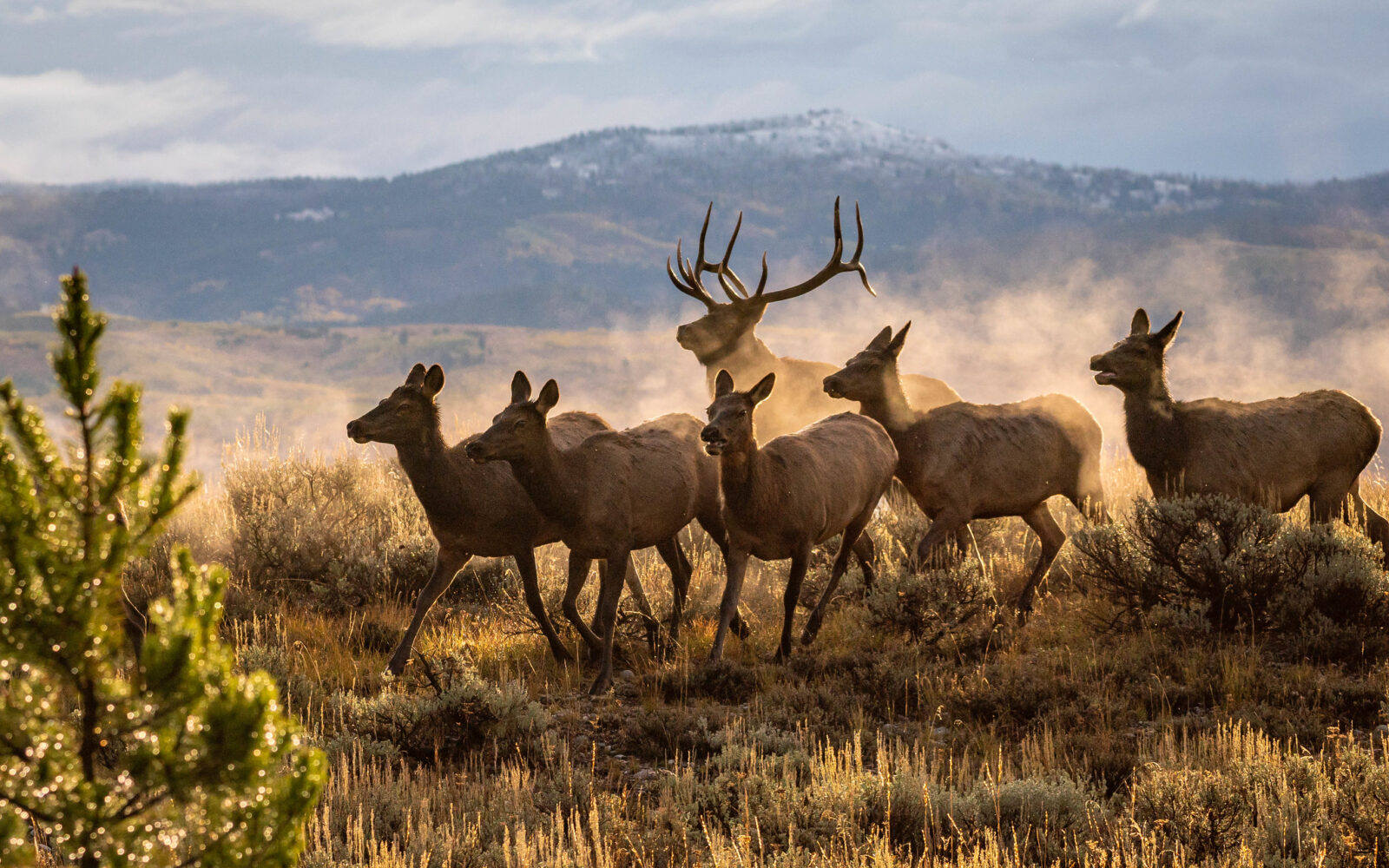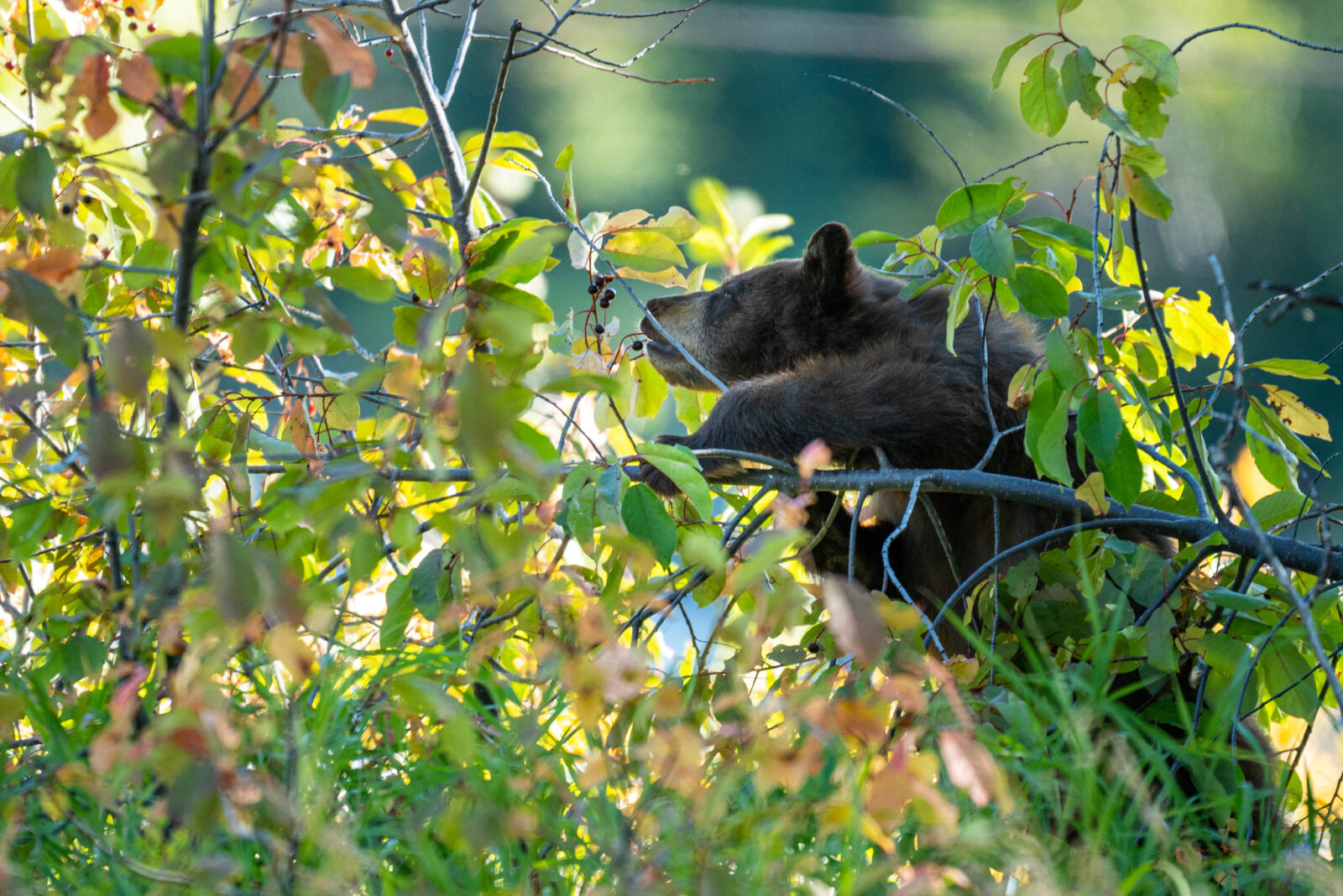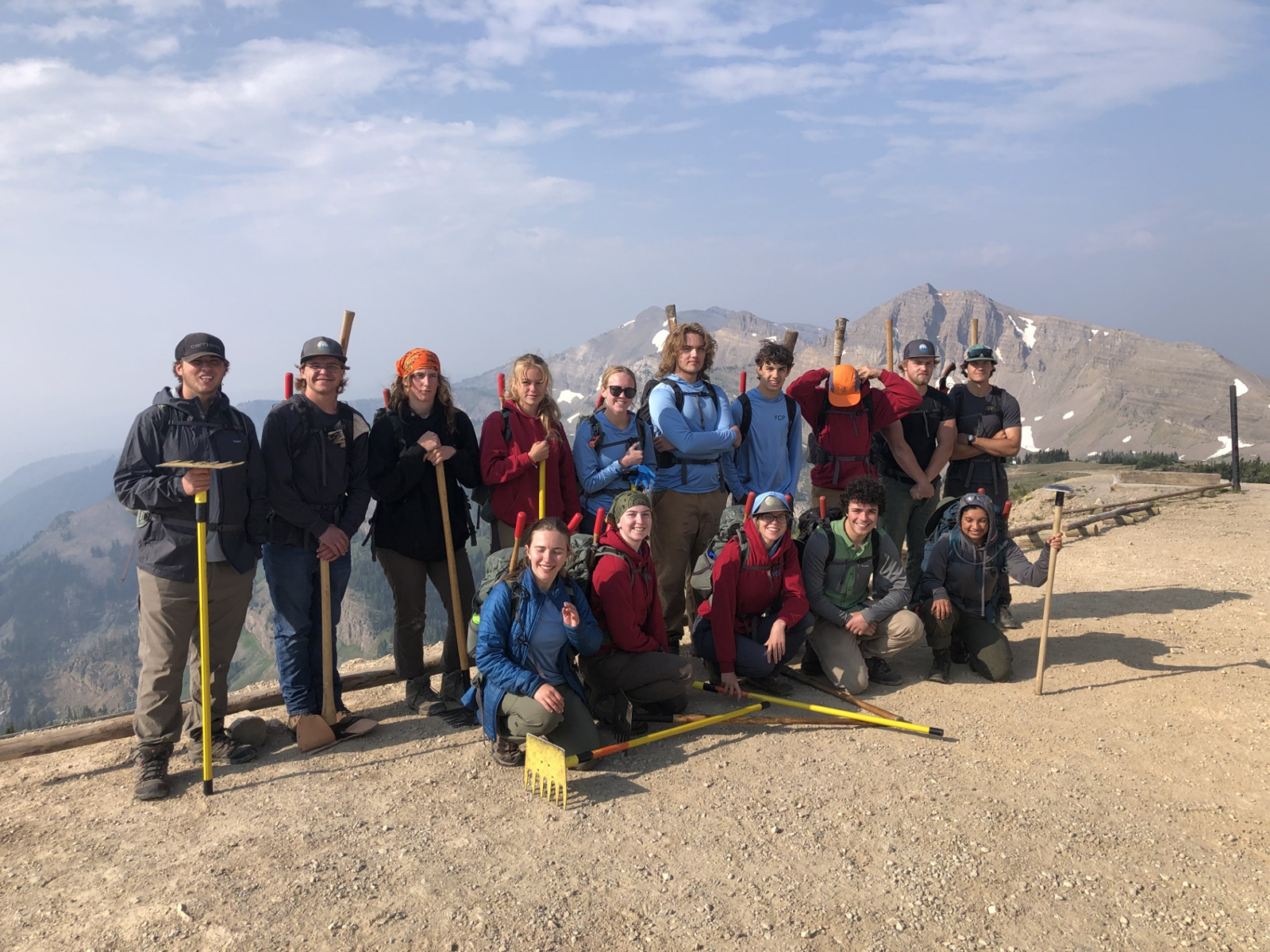
1
Story Information
2
Share
Share Link
Spread the word on your favorite platforms.
Story Statistics
2,345 Reads
80 Shares
320 Likes
Related Stories

1 year ago
Wildlife Whereabouts: The Elk Rut Begins, Ripening Berry Crops, and Rising Water Temps
August is a busy and vibrant time in the park with significant changes in wildlife behavior and ecological conditions. Air and water temperatures are peaking for the year, berry crops both wane and ripen, nestlings have fledged, and bears begin to prepare for a long winter ahead.

The post appeared first on Grand Teton National Park Foundation | Jackson, WY.

1 year ago
Trail Talk: In the Field with Grand Teton’s Youth Conservation Program 2024 – Week 7
YCP started Monday on a literal high note by getting a lift to the alpine thanks to the Jackson Hole tram. The crew walked from the top of Jackson Hole Mountain Resort all the way down to the Granite Canyon trailhead, which will likely be their longest hike of the season. They completed tread work near the park boundary at the top of the canyon and managed to complete smaller maintenance projects as they hiked back to the valley floor. They were lucky to enjoy incredible wildflowers in the upper meadows of Granite Canyon!
On Tuesday, YCP spent the morning completing midseason evaluations—one-on-one conversations between crew members and leaders about their performance thus far—and maintaining their tools. The group went to the Grand View Point trail in the afternoon and widened the tread on the lower mile of the route. The group was pleased to have a mellow day after their long day on Monday!

Wednesday was the highly anticipated Ranger Olympics day with the Jenny Lake Rangers—an annual tradition for YCP. They met the rangers at the Lupine Meadows rescue cache at 10am, where they had three stations for the crew to rotate through: rope/pulley systems to learn about mechanical advantage; rock climbing; and patient packaging and using a wheeled litter. The crew had a great time and learned a lot. After everyone rotated through each station, the rangers cooked a great barbecue lunch. The YCP leaders had given the group a crash course in applying for federal jobs earlier in the morning because many of them have expressed interest in going that path in the future. Seeing the rangers in-action was a great example of one of many types of jobs available in the National Park Service. The group enjoyed a quick afternoon swim in Jackson Lake after Ranger Olympics, which made a refreshing end to a hot and fun day.
On Thursday, it was time to get ready for the crew’s backcountry hitch. YCP spent the morning sorting, organizing, and packing all the group gear, as well as any individual gear people had brought. They gathered tools and loaded everything in a trailer. After lunch, YCP assisted a park trail crew with cutting and peeling logs for a bridge they were getting ready to build.
YCP heads into the backcountry for week 8—stay tuned to hear more about their adventures!
